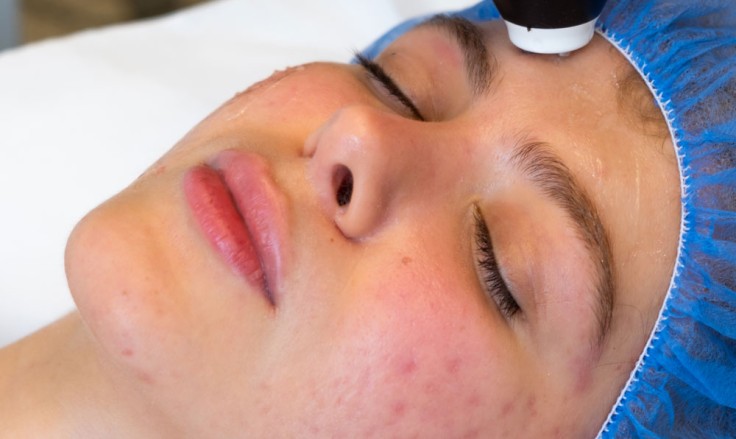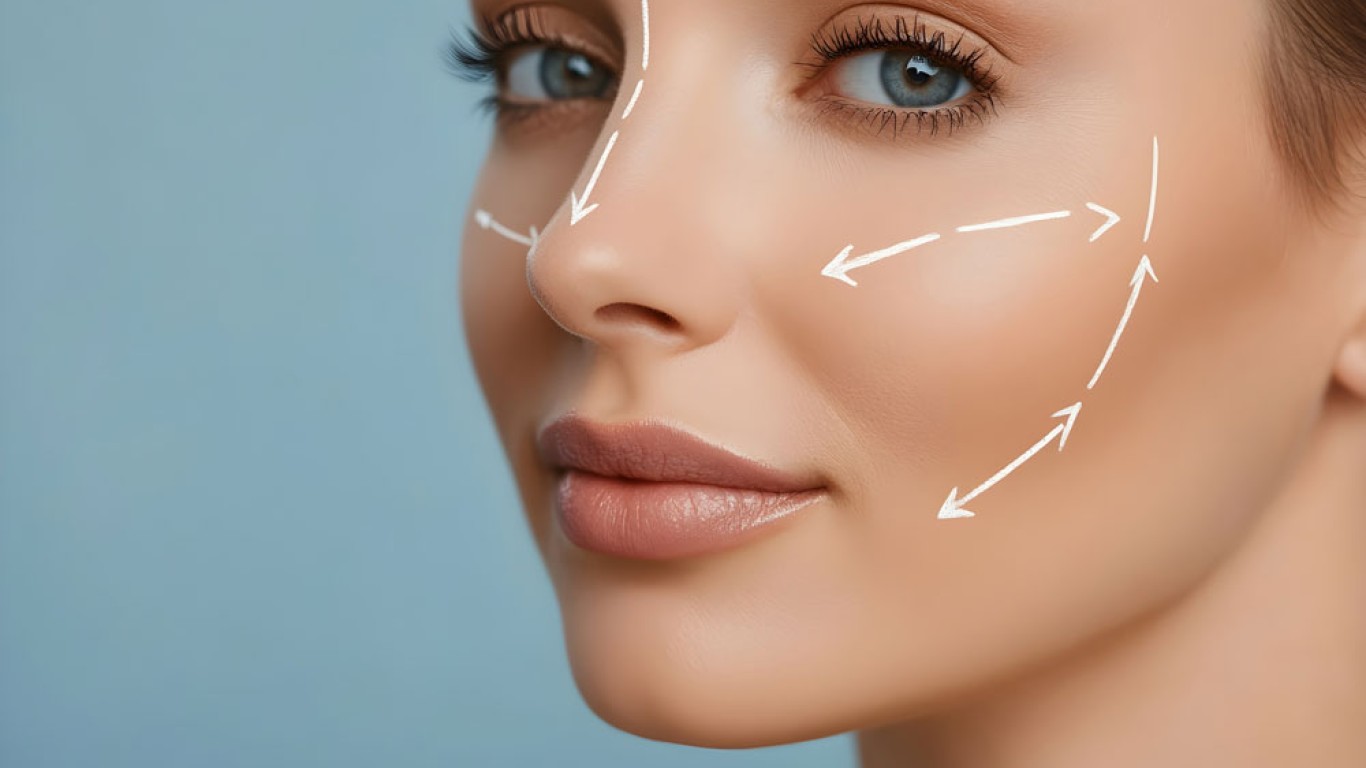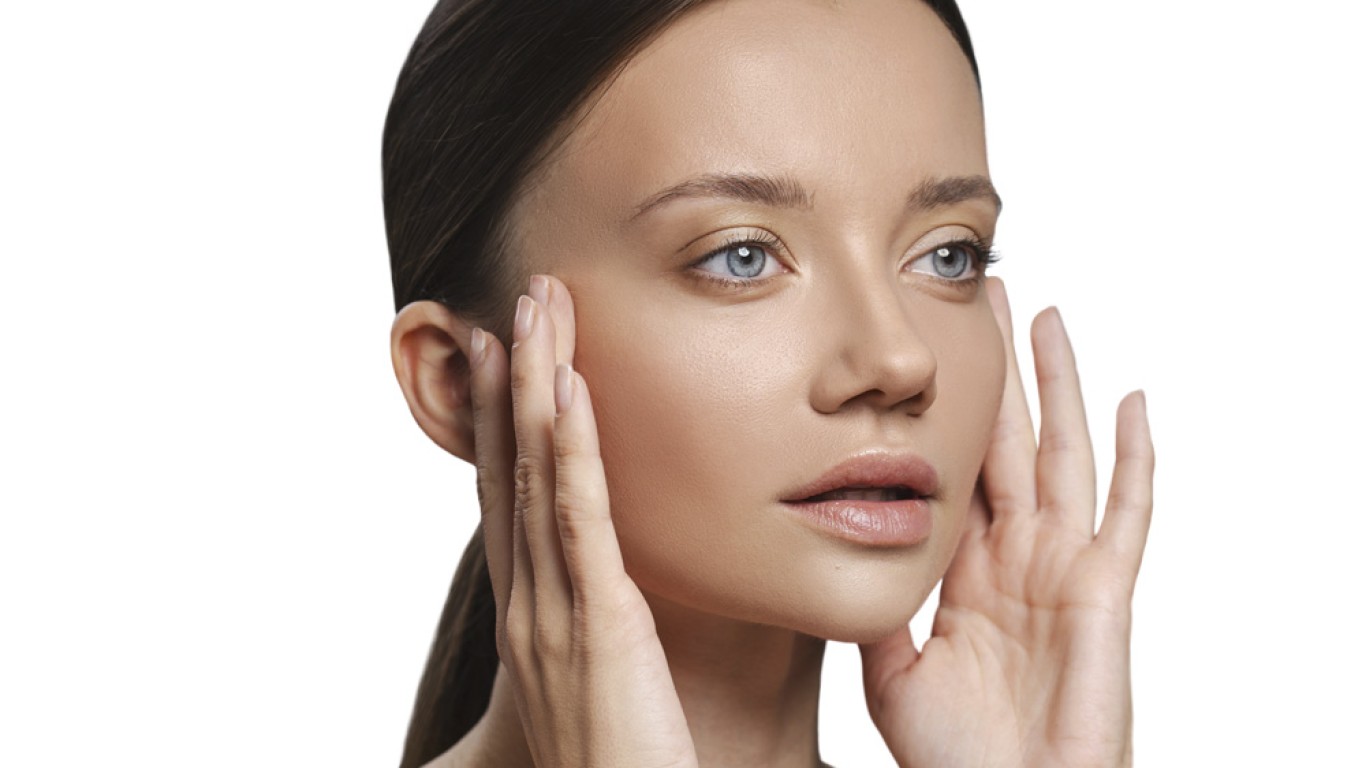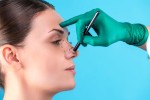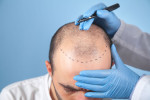Hyperpigmentation is one of the most common skin concerns worldwide. It describes darkened patches or uneven tone caused by excess melanin production. While harmless medically, it can affect confidence and self-esteem. The good news? Many treatments exist to restore even skin tone and brightness. This article explores the main causes of hyperpigmentation and the most effective treatments available today.
What Causes Hyperpigmentation?
Hyperpigmentation can appear for several reasons. Sun exposure is one of the most common triggers, as UV rays stimulate melanin production. Hormonal changes, such as pregnancy or contraceptive use, may also play a role. Skin trauma, including acne or cuts, can leave dark spots after healing. Ageing contributes too, as natural repair slows over time. Altogether, these factors create patches that appear darker than surrounding skin.
Hyperpigmentation Treatments: Skincare
Many people start with topical treatments to target uneven skin tone. Ingredients such as vitamin C, retinoids, and niacinamide reduce pigmentation gradually. Hydroquinone, often prescribed by dermatologists, is a stronger option for stubborn cases. Sunscreen is essential alongside any treatment, preventing further pigmentation from developing. While skin care requires patience, consistent use often delivers visible improvement over months.
Hyperpigmentation Treatments: Chemical Peels
Chemical peels are a popular clinical treatment for hyperpigmentation. They work by applying a chemical solution that exfoliates the top layers of skin. As damaged skin sheds, new, more evenly toned skin emerges. Peels range from mild to deep, depending on the severity of pigmentation. Recovery times vary, but results can be impressive. Many patients combine peels with at-home skincare for ongoing improvement.
Hyperpigmentation Treatments: Laser Treatments
Lasers offer another powerful solution. They use targeted light energy to break down excess pigment. Over time, the body clears these fragments naturally, revealing clearer skin. Different lasers suit different skin types and pigmentation patterns. Sessions are usually spaced weeks apart, with results improving gradually. While more costly than peels, lasers are often chosen for their precision and long-lasting results.
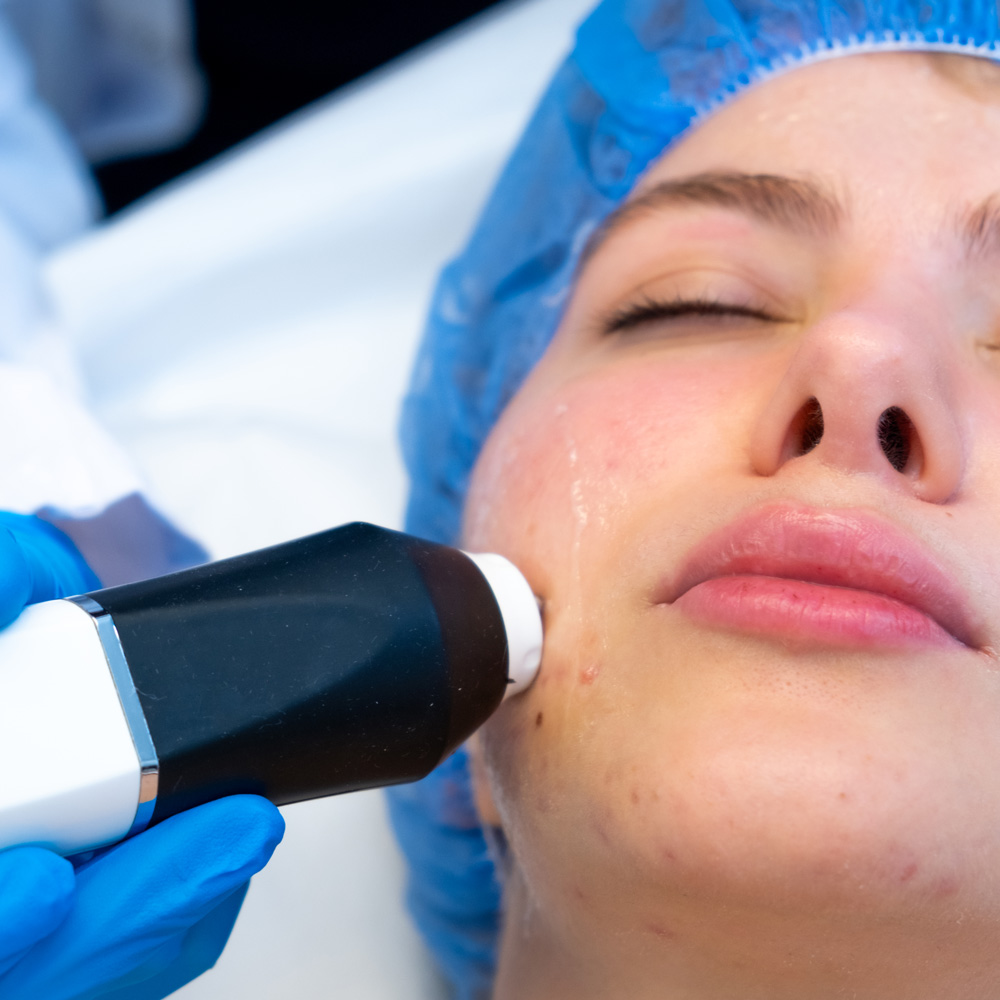
Hyperpigmentation Treatments: Microneedling
Microneedling is a treatment that uses fine needles to create micro-injuries in the skin. This stimulates collagen production and helps break up pigmentation. When combined with serums, results are even more pronounced. Patients often notice smoother texture as well as reduced pigmentation. Recovery is short, with mild redness lasting only a few days. Many choose microneedling for its versatility in addressing both tone and texture.
Hyperpigmentation Treatments:Intense Pulsed Light Therapy (IPL)
IPL therapy uses broad-spectrum light to target pigmentation. Unlike lasers, which use a single wavelength, IPL treats wider areas at once. It is especially effective for sunspots and age spots. Multiple sessions are usually required, with improvements appearing gradually. IPL is popular for those seeking minimal downtime while still achieving clearer skin.
Lifestyle
Lifestyle and prevention plays a crucial role in managing hyperpigmentation. Daily sunscreen use is the most important step, protecting against UV-induced darkening. Wearing hats and avoiding direct sun also helps. A healthy diet rich in antioxidants supports skin repair. Avoiding skin picking or scratching reduces the risk of post-inflammatory pigmentation. Overall, lifestyle choices can complement professional treatments, ensuring longer-lasting results.
Combining Hyperpigmentation Treatments
Often, the best results come from combining approaches. Skincare may prepare the skin for stronger treatments like peels or lasers. Microneedling can be paired with serums to boost penetration. Patients often see the most significant changes when treatments are planned in stages. A customised approach ensures safety and maximises improvement.
The Psychological Impact of Hyperpigmentation
Hyperpigmentation may seem like a cosmetic issue, but its impact runs deeper. Many patients describe feeling self-conscious, avoiding photos, or relying heavily on makeup. Treatments often restore more than skin tone — they restore confidence. Clearer, brighter skin can improve mood and self-perception. For many, addressing hyperpigmentation feels like lifting a weight they have carried for years.
Seasonal Impact
Hyperpigmentation often changes with the seasons. Many patients notice dark spots becoming more visible during summer due to increased sun exposure. Alternatively, winter is an ideal time to undergo treatments, since UV levels are lower. These include such as chemical peels or laser sessions. Adjusting skincare routines seasonally helps maintain progress. It prevents new pigmentation from forming, ensuring long-lasting, even-toned results.
Hyperpigmentation Treatments Costs Based on Location
Costs vary depending on treatment choice and the location that is chosen. In the UK, chemical peels range from £150 to £800. Laser sessions can cost £500 to £2,000. Microneedling treatments usually cost £200 to £600. In Turkey, procedures are more affordable, with peels starting at £100 and lasers at £400. These costs reflect technology, expertise, and aftercare. Many patients consider the investment worthwhile given the visible and emotional rewards.
What’s Next?
Hyperpigmentation can return if triggers aren’t managed, but treatments offer long-lasting improvement. With consistent skincare, regular sunscreen use, and occasional touch-up procedures, results remain stable. Many patients report clearer skin for years after initial treatment. The long-term outlook is positive, particularly when professional care is combined with lifestyle adjustments.
Conclusion
Hyperpigmentation affects millions, but modern treatments offer clear, effective solutions. From skincare and peels to lasers and microneedling, options exist for every lifestyle and budget. These treatments not only restore even skin tone but also boost confidence and well-being. With expert guidance and consistent prevention, patients can enjoy long-lasting clarity and balance.
For more information and to book a consultation visit the ACIBADEM Beauty Center Skin Treatments webpage.
Frequently Asked Questions
Hyperpigmentation describes darkened patches of skin caused by excess melanin production.
Yes, skincare with vitamin C, retinoids, or hydroquinone can help reduce pigmentation.
Mild peels are suitable for most, but stronger peels require professional assessment.
Usually, three to six sessions are required, depending on severity and skin type.
It can, especially if sun exposure continues, but prevention helps maintain results.
